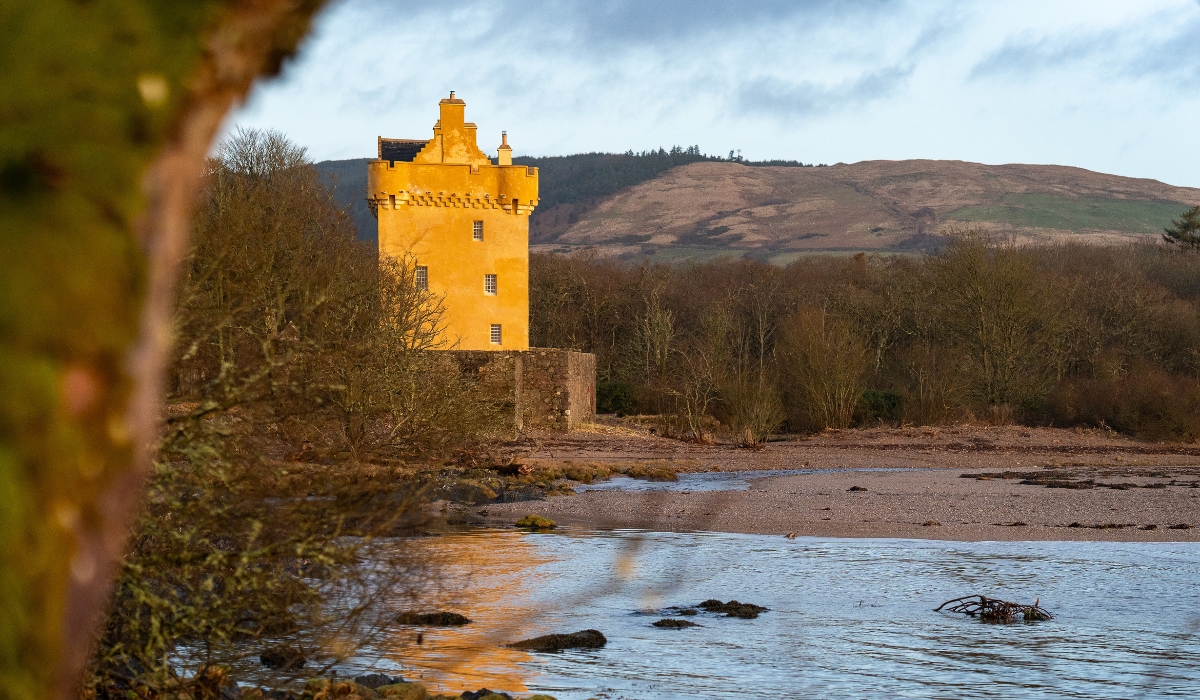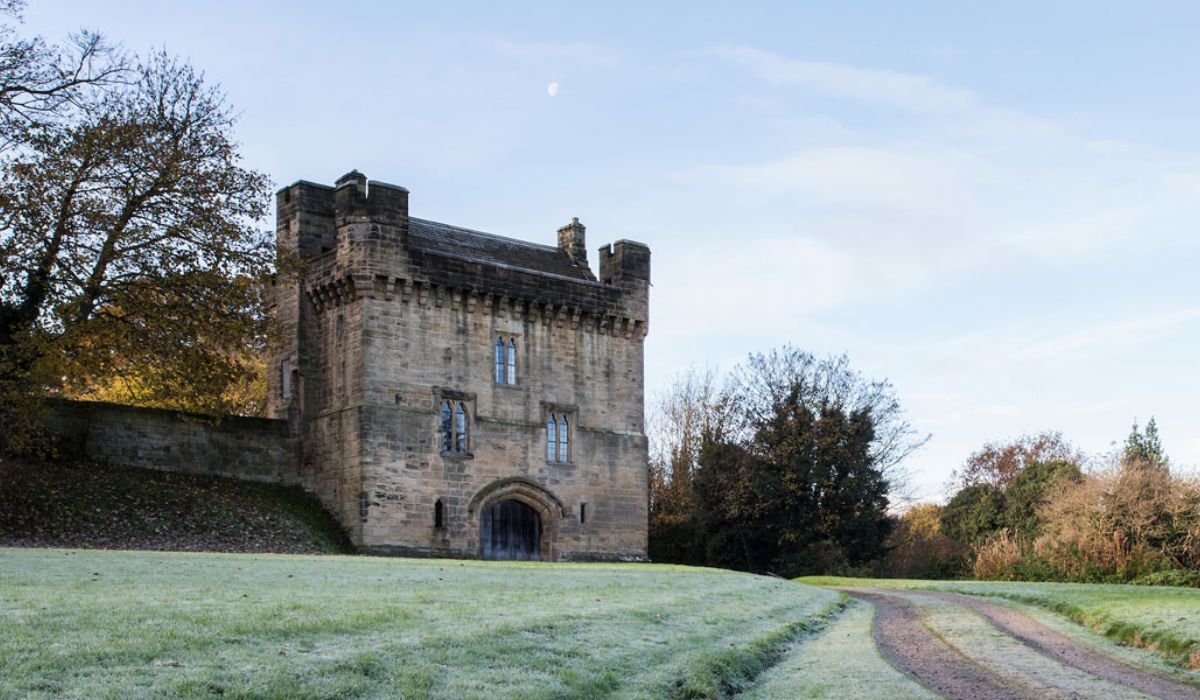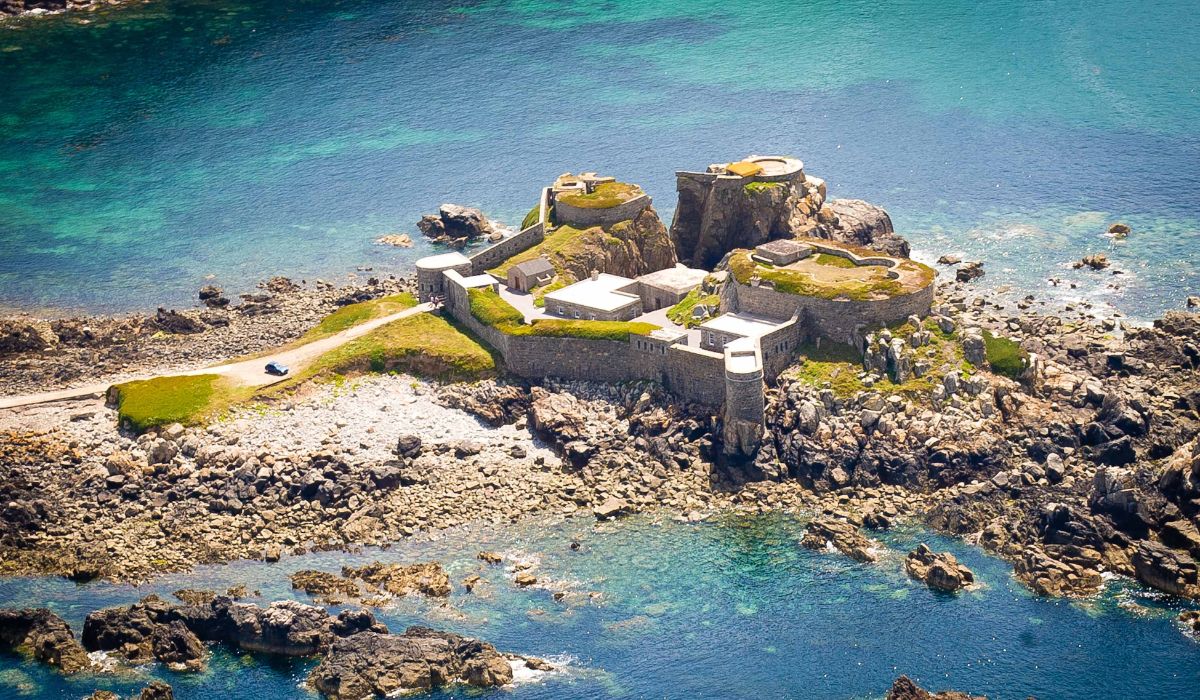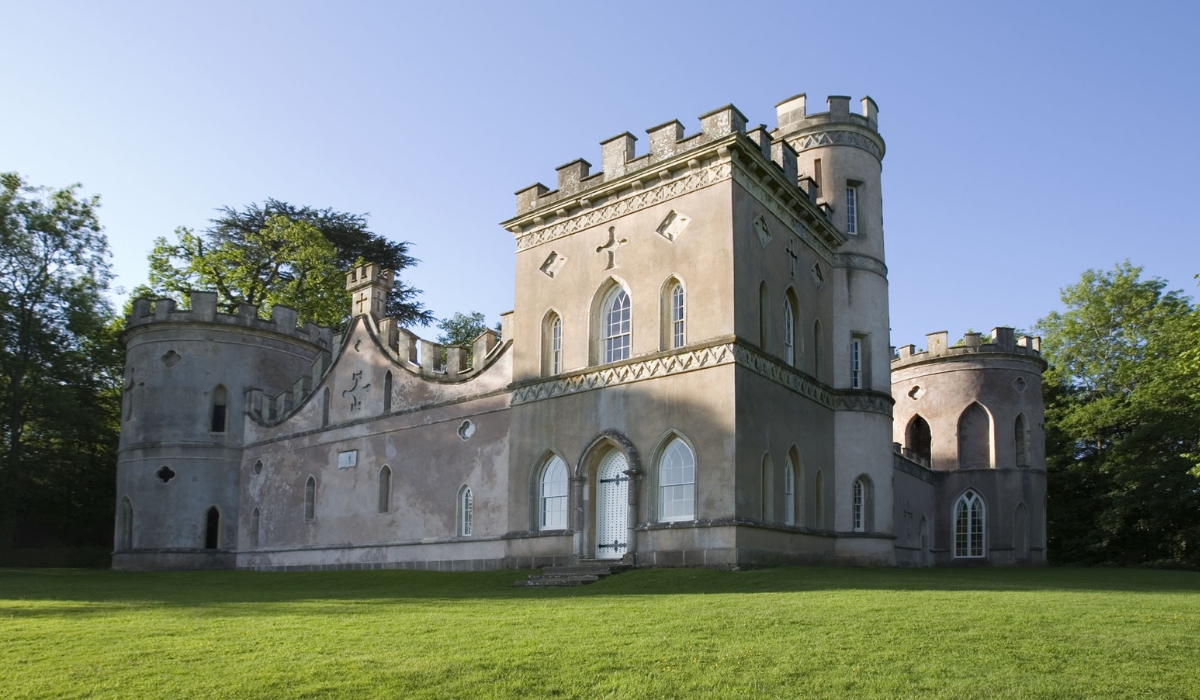Landmark's castles: 1,000 years of stories
By Landmark Director, Dr Anna Keay
Landmark’s buildings speckle the map: more than two hundred separate red dots. Each has its intensely particular history and character, and one of the pleasures of staying is to get to know it with the ‘History Album’ as your guide.
But they are not just two hundred individual points. If you look closely you can discern marvellous constellations, which together reveal the changing lives of our forebears. By joining the dots we can glimpse how we once worked and worshipped, farmed and feasted.
One of many such groupings is the wonderfully diverse assortment of castles and forts in Landmark’s care, the relics of ten centuries of power and defence. Castles– together with feudalism, wine and fireplaces – were unknown in England before the arrival of the Norman French in 1066. Through the Middle Ages these innovative stone buildings were crucial in asserting centralised national authority, which grew ever stronger over the centuries.
Symbols of control

Successive Scottish kings strove to bring the independent extremities of their world to heel. The northern isles were annexed to Scotland in an advantageous deal with the Sinclair family, Earls of Orkney, of Rosslyn Castle, while the subjugation of the Lords of the Isles was cemented with new castles, including Saddell Castle, built on the unruly Mull of Kintyre in 1508. As modern Scotland emerged, the English monarchy was also extending its authority. The scale of building necessary to secure English authority in Wales can be seen at Caernarfon, home to Landmark’s Bath Tower.
Offshore, the lawless island of Lundy was finally brought under Crown control with the building of Lundy Castle, paid for with the pelts of the rabbits reared on the island.
Law and order

If castles were about control, they were also about community. Most castles saw little fighting and lots of administration. Justice was dispensed from their halls, and peace was often maintained as a result. At Morpeth Castle in Northumberland, the Earl of Greystoke built a fine new gatehouse in the 1250s, its great first-floor chamber probably a purpose-built courthouse, while when Cardinal Wolsey’s magnificent palace at Cawood Castle fell into disuse, its stone gatehouse continued to operate as a court well into the 18th century.
Defensive forts for cannon warfare
Castles changed utterly when sword and arrow gave way to the gun. The first buildings in England purpose-designed for cannon were those erected either side of the Dart estuary around 1500, Landmark’s Kingswear Castle, the smaller of the two, on the eastern bank. In the years that followed, castles became low and stocky. Monumentally thick walls were needed to withstand the colossal impact of a cannonball, as seen at a series of Landmark’s Victorian forts: the West Blockhouse in Pembroke and Crownhill Fort in Plymouth, each protecting valuable docks, and Fort Clonque on Alderney built to prevent the French from swiping the vulnerable Channel Islands.

Romantic ruins and faux castles
As the new forts were built, so the old castles fell into disuse. Abandonment, hurried on by the deliberate destruction of the Civil War, gave rise to the dilapidated, ivy-shrouded castle, its wistful beauty appealing to the generations experiencing the bewildering changes of the Industrial Revolution. The young Thomas Hardy probably worked on the masonry of Woodsford Castle in Dorset (his alter ego, Jude the Obscure, was a stonemason), while Dr Johnson was far more interested in the ruins of the old castle at Auchinleck than his friend James Boswell’s neo-Classical family house. As the national love affair with ruins took hold, so arose the eccentric phenomenon of faux castles, built to look ancient and decayed, among them Clytha Castle.

By the end of the 19th century, interest in genuinely ancient buildings was blossoming. With it came the risk that enthusiastic restoration would in itself cause damage. In the debate about how, or indeed whether, to preserve the past, Landmark’s 2013 revival of Astley Castle was heralded as a new approach, in which ruin and repair co-existed.
Each of Landmark’s castles has its own utterly particular story. Taken together, they aren’t simply a miscellany of picturesque old places, but a treasury of our past, and of the toils and triumphs of our ancestors.

